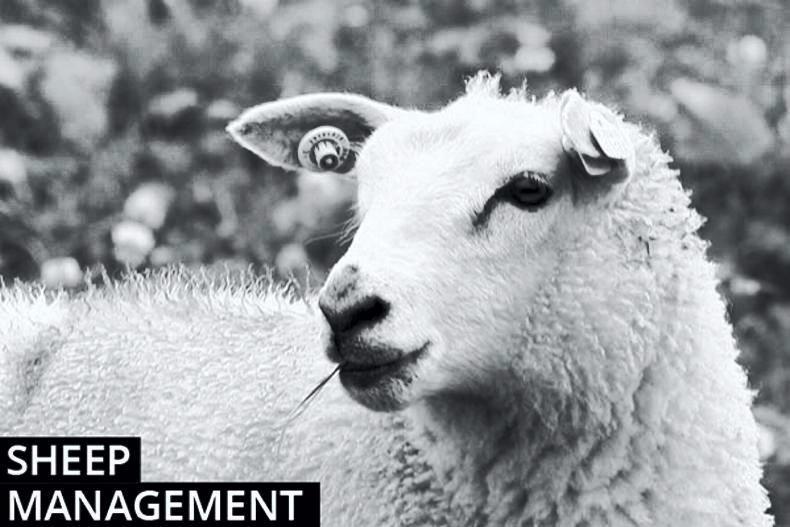Monitoring abortion levels
abortion can occur at any time from conception until the point of lambing. It is not uncommon for a case or two in a 100-ewe flock in late pregnancy with ewes getting hurt or other unrelated ailments (eg twin lamb disease) often the underlying cause. Every case should still be treated with caution with veterinary advice recommending that alarm bells should be raised where the incidence of abortion post-scanning is greater than 3%.
Where investigating an outbreak, there are a number of steps that should be followed. Ewes should be isolated to prevent the spread of disease to healthy animals. Ideally, the freshly aborted foetus and afterbirth should be submitted to your regional laboratory for further investigation while, at a minimum, swabs obtained from your vet should be taken from the foetus and afterbirth. Your vet must organise submission of samples. The two most common causes of abortion are toxoplasmosis and enzootic abortion. There is little that can be done in the face of an outbreak of toxoplasmosis. The disease is characterised by the birth of weak or mummified lambs, or a mixture of one lamb appearing healthy and one infected lamb, while the placenta can also appear with white spots.
Enzootic abortion usually occurs in the final two weeks of pregnancy with the placenta often appearing thickened. Administering a long-acting antibiotic (oxytetracycline) to remaining ewes in the flock in consultation with your vet can help in reducing the number of subsequent abortions. An information leaflet collated by Frank Hynes, Teagasc can be found at www.farmersjournal.ie.
Tail docking
Farmers differ in the length of a tail they desire in replacements. Leaving aside preferences, there are tail docking regulations that have to be adhered to. The minimum tail length that is allowed under legislation is a tail long enough to cover the vulva in female sheep and anus in male sheep. A sheep’s tail generally grows in unison with the animal as they get older and therefore a tail long enough to cover the anus and vulva is generally sufficient at docking. Some producers aim for a length at docking of two to two and a half inches, while others will lift the tail and apply where skin meets wool growth on the underside of the tail. Whatever the system, ensure that tails are left long enough.
Hygiene is also important with the optimum situation including ewes receiving a clostridial disease and lambs receiving passive immunity via colostrum. Rubber rings should be applied in advance of lambs being turned outdoors to allow time for lambs to settle. If keeping your options open and targeting lambs for live export, Ramadan starts on 15 May (runs for 30 days) while Eid al-Adha falls on 21 August.
TAMS II tranche dates
Farmers in the midst of completing a TAMS II application should note that the closing date of the current trance is Friday 23 February. The tenth tranche of the scheme will open on 24 February and remain open until 18 May 2018. Sheep fencing and handling equipment remain the most popular items approved for sheep farmers. Remember, the minimum investment grant aid can be sought on is a sum of €2,000, excluding Vat. Grant aid remains payable at 40% or 60% for young trained farmers.






 This is a subscriber-only article
This is a subscriber-only article










SHARING OPTIONS: